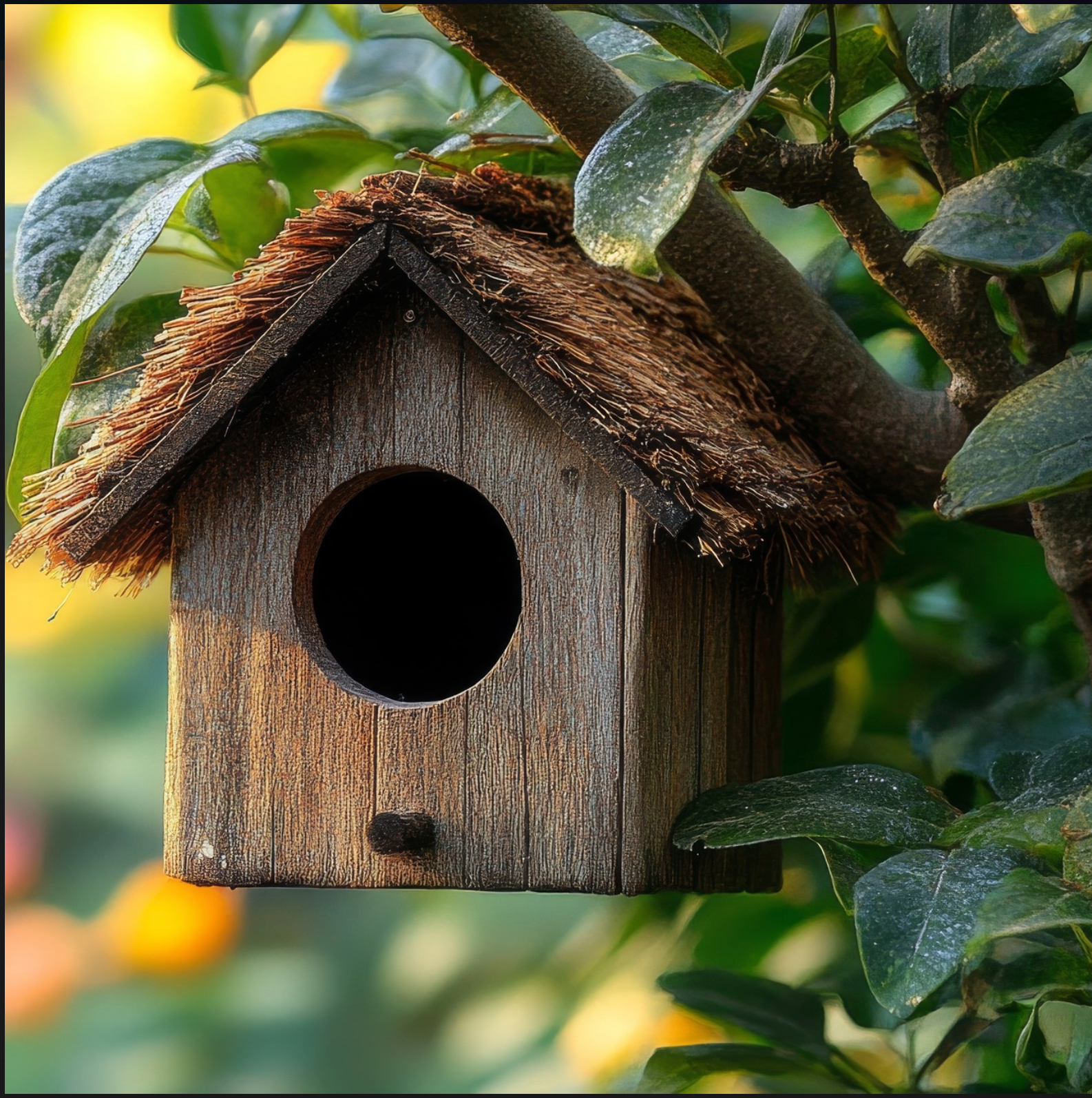HOW TO BUILD A BIRD-FRIENDLY HOME

HOW TO BUILD A BIRD-FRIENDLY HOME
SUMMARY
Create a safe, stimulating, and enriching environment for your pet bird with this guide to building a bird-friendly home. Learn how to bird-proof your space, set up the perfect cage, and provide the best living conditions to keep your bird happy, healthy, and engaged.
FEATURES
- Bird-Proofing Your Home: Remove hazards and create a safe space for out-of-cage time.
- Optimal Cage Setup: Choose the right cage size, location, and accessories for comfort and security.
- Safe and Stimulating Toys: Provide engaging toys that encourage natural behaviors.
- Lighting and Air Quality: Ensure proper ventilation, fresh air, and exposure to natural light.
- Noise and Social Interaction: Balance quiet spaces with social engagement for emotional well-being.
- Household Safety Precautions: Identify and eliminate toxic plants, fumes, and small hazards.
- Encouraging Flight and Exercise: Design spaces that allow for safe movement and activity.
- Creating a Stress-Free Environment: Minimize loud noises, sudden changes, and stress triggers.
DESCRIPTION
Building a bird-friendly home goes beyond providing food and shelter—it involves creating a safe, stimulating, and comfortable environment where your pet can thrive. Birds are highly intelligent and social animals that need space to explore, play, and interact with their surroundings. By making a few key adjustments, you can transform your home into a perfect haven for your feathered friend.
Bird-proofing your home is essential before allowing your bird out of its cage. Remove potential dangers such as open windows, ceiling fans, exposed electrical cords, and small objects that could be ingested. Keep doors closed during flight time to prevent accidental escapes, and cover mirrors and glass surfaces to prevent collisions.
Setting up the right cage is crucial for your bird’s comfort and well-being. Choose a spacious cage that allows your bird to stretch its wings, climb, and move freely. Horizontal bars are ideal for climbing species, while varied perch sizes help maintain foot health. Position the cage in a quiet yet social area of your home, away from direct sunlight, drafts, and kitchen fumes.
Providing safe and stimulating toys is key to preventing boredom and destructive behavior. Offer a variety of toys such as shreddable paper, bells, climbing ropes, and foraging puzzles to engage your bird’s mind. Rotate toys regularly to keep the environment fresh and exciting. Avoid toys with small, easily breakable parts that could pose a choking hazard.
Proper lighting and air quality contribute to overall health. Birds need exposure to natural light or full-spectrum lighting to support vitamin D synthesis and maintain their circadian rhythm. Ensure good air circulation by avoiding cigarette smoke, scented candles, and aerosol sprays, which can be harmful to a bird’s sensitive respiratory system.
Balancing noise and social interaction is important for emotional well-being. While birds enjoy being part of family activities, they also need quiet time to rest. Avoid placing cages in high-traffic areas with excessive noise, such as near televisions or loudspeakers. Talking to your bird and spending time nearby helps strengthen your bond and keep them socially engaged.
Household safety precautions should always be a priority. Many common houseplants, such as philodendrons, lilies, and avocado trees, are toxic to birds. Non-stick cookware, which releases dangerous fumes when overheated, should be avoided in bird-friendly homes. Store cleaning supplies, air fresheners, and perfumes away from bird areas to prevent accidental exposure.
Encouraging flight and exercise allows your bird to stay active and engaged. For birds that are fully flighted, setting up a dedicated play area with perches, ladders, and climbing ropes can provide exercise and mental stimulation. If your bird has clipped wings, ensure their cage setup allows for climbing and movement to maintain muscle strength.
Creating a stress-free environment helps birds feel safe and secure. Avoid sudden changes in their routine, loud disturbances, or unpredictable interactions that may cause anxiety. Establish a consistent daily schedule for feeding, playtime, and sleep to promote stability and comfort.
By following these guidelines, you can build a home that supports your bird’s physical, mental, and emotional needs. A bird-friendly home is not just about safety—it’s about providing an enriching, loving space where your bird can thrive as a valued member of your family.
- sri palani

Comments 0